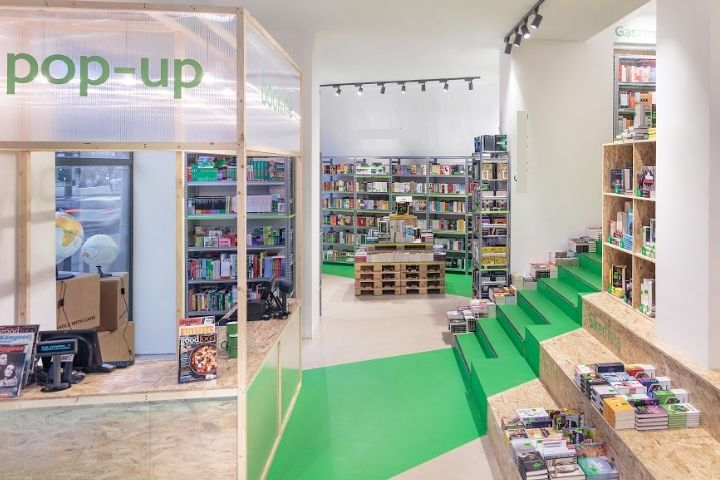Pop-up retail shops and flash retailing: How to harness this newest trend.
With all the conversation about experiential retail, it can be tempting to revamp your entire store to feature floor-to-ceiling screens and an in-store wine bar. Unfortunately, though, a radical multi-store renovation plan isn’t particularly cost or time-effective for most businesses. Enter flash retail―a model based on small-scale, temporary physical retail spaces like pop-up shops, trucks, or stalls.
Flash retail has seen a boom in recent years, as businesses look for innovative ways to approach the retail experience. From installations in mall, to small storefronts in big cities, to stores-in-stores, flash retail can take many forms and allow for all kinds of diverse retail experiences.
Here, we take a look at what you need to know in order to make your flash retail initiative work for you.
Think about your retail audience
The kind of flash retail model you choose should be based on the shopping habits of your target audience. A storefront in SoHo will speak to those with leisure time―people strolling by, looking for a unique experience.
A store-in-store, like B8ta or STORY in Macy’s department stores, will capture the attention of people on a routine shopping trip who are excited to stumble upon something new.
A storefront model makes sense for known brands, and many online-only retailers will start their physical retail initiative using pop-up shops.
Fenty X Savage, Birchbox, and Kylie Cosmetics all developed pop-up shops in major cities to have a short-term physical retail space without a long-term commitment.
Meanwhile, store-in-store models work well with small businesses looking to get their name out, like West Elm’s store-in-store initiative “West Elm Local”, in which local businesses can display their products in-store on weekends. Think about which model will speak best to your target audience and run with it.
Curate products
Flash retail means limited space and mobility, so have a thoughtful plan about which products you’ll feature. Obviously think about featuring best-sellers, but also consider the structure of flash-retail.
It’s about an impulse buy, not a convenience purchase. While flash retail is, of course, an opportunity to sell products, it’s more about building brand recognition than it is about revenues. Fun, flashy products that will bring people off the street and into your store is the key to an effective flash retail strategy.
Be experiential
Don’t neglect experience in your pop-up shop. Flash retail is all about experience, but it’s not enough to just exist as a short-term but otherwise typical store. Flash retail is the opportunity to try out retail technology and in-store entertainment that is otherwise too expensive or risky to make a long-term store plan.
Think about how to feature your products in a new and innovative way. Dolby’s SoHo pop-up featured movie-themed rooms that displayed Dolby’s sound systems in a totally-immersive environment.
STORY, meanwhile, has a store-in-store style that changes every few months, keeping customers invested in the store and its displays. ―our pop-up shop doesn’t have to be static. The beauty of flash retail is its mobility and flexibility, so take advantage.
Have questions about Pop up Shops and flash retail? Give us a call at 203-221-4777 ext. 100 or drop us a line below and an In-Store Experience representative will contact you shortly.





